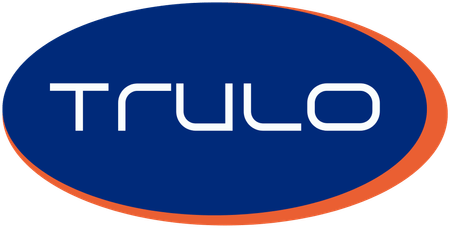Small businesses often face a challenging balance between maintaining adequate inventory levels and preserving cash flow. Using advances for inventory financing may provide a strategic solution that allows merchants to leverage their existing stock as collateral while maintaining operational liquidity.
How Inventory Financing Advances Work
Inventory financing advances allow businesses to use their existing inventory as collateral to secure necessary funding. This type of asset-based financing typically provides flexible terms that can help small businesses improve their cash conversion cycle without depleting cash reserves.
The mechanics of this financing option involve evaluating your current inventory value and providing funding based on that assessment. Businesses can often access capital quickly, which may be crucial for maintaining inventory turnover rates and meeting customer demand. Unlike traditional financing options, this approach ties the funding directly to your tangible business assets.
This financing structure might help merchants avoid the capital tying risk that comes with large upfront inventory purchases. By leveraging existing stock, businesses can maintain liquidity while continuing to invest in growth opportunities and operational needs.
Key Benefits of Inventory Advances

Using advances for inventory financing can provide several strategic advantages for small business operations:
- Improved Cash Flow Management: Access funding without depleting working capital, allowing for better financial flexibility during seasonal fluctuations or unexpected opportunities.
- Enhanced Inventory Turnover: Maintain optimal stock levels that align with demand forecasting, potentially reducing the time products sit in storage and minimizing holding costs.
- Reduced Capital Tying Risk: Avoid having excessive amounts of cash locked up in inventory, freeing up resources for other business investments and operational expenses.
- Quick Access to Funds: Often provides faster approval and funding compared to traditional financing options, which may be critical for time-sensitive purchasing decisions.
Strategic Considerations and Risk Management
When considering inventory financing advances, merchants should evaluate several key factors:
- Timing and Market Conditions: Choose strategic timing for financing that aligns with seasonal demand patterns and market forecasts to optimize inventory turnover efficiency.
- Qualification Requirements: Understanding eligibility criteria and documentation needs can help streamline the application process and improve approval chances.
- Holding Cost Analysis: Calculate the total cost of carrying inventory against the financing costs to ensure the arrangement supports profitability goals.
- Demand Forecasting Accuracy: Ensure your inventory purchases align with realistic sales projections to avoid overextending and creating excessive holding costs.
- Cash Conversion Cycle Impact: Evaluate how the financing terms affect your overall cash conversion cycle and working capital requirements.
Inventory financing through advances may offer small businesses a valuable tool for managing cash flow while maintaining adequate stock levels. By understanding the mechanics, benefits, and strategic considerations, merchants can make informed decisions about whether this financing option aligns with their operational needs and growth objectives.

.png)

.svg)





